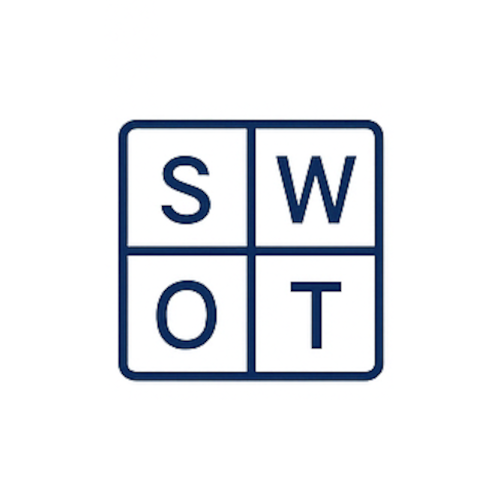Clear and precise communication is essential for effective business operations. While the terms “goals” and “objectives” are frequently used, often interchangeably, understanding their distinct meanings is crucial for successful planning and execution. This article will clarify the differences between goals and objectives and explain their importance in driving business outcomes.
Goals
Goals represent high-level ambitions that provide direction and offer a broad perspective on what an organization aspires to achieve. They are the overarching targets that guide the overall strategic vision of the business. For example, a company might set a goal to become the market leader in its industry or to expand its international presence.
However, while goals provide direction, they are often too broad to be actionable on their own. This is where objectives come into play.
Objectives
Objectives break down goals into smaller, more manageable, and actionable components. To ensure that objectives are effectively formulated, they should adhere to the SMART criteria:
- Specific: Objectives should be clear and unambiguous, addressing the “what,” “who,” “where,” “when,” and “why.” Specificity helps prevent misinterpretation and ensures that everyone involved understands what is to be achieved.
- Measurable: Objectives must include quantifiable criteria to track progress and success. For example, instead of setting an objective to “increase sales,” specify “increase sales by 20% over the next quarter.”
- Achievable: Objectives should be realistic and attainable with the available resources and within the given constraints. Setting objectives that are too ambitious can lead to frustration and demotivation.
- Relevant: Objectives need to align with the organization’s overall goals and mission. They should contribute meaningfully to the broader vision. Irrelevant objectives can waste resources and divert focus.
- Time-bound: Objectives should have a defined timeframe for completion. This adds a sense of urgency and accountability, ensuring that progress is tracked within a specific period.
Initiatives: The Missing Link
After setting goals and defining SMART objectives, the next step is to develop initiatives. Initiatives are the concrete projects or programs designed to achieve these objectives. They represent the actionable steps taken to advance toward your goals.
For example, if one of your goals is to increase market share, your initiatives might include launching a targeted marketing campaign, expanding your product offerings, or improving customer service. These initiatives are essential for translating strategic goals into practical actions that contribute to the overall success of your business.
Connecting the Dots
In essence, objectives are the measurable milestones that gauge the success of your initiatives and, ultimately, the achievement of your goals. Initiatives are the practical steps that lead to these milestones. Therefore, effective planning involves not just setting goals and objectives but also carefully designing and executing the right initiatives to achieve them.
To streamline this process, platforms like https://www.sengisolutions.com can be incredibly beneficial. Sengi Solutions provides tools to set and track goals and objectives, helping you define and implement the initiatives needed to achieve them. By using such resources, you can ensure that your business planning is comprehensive and aligned, maximizing your investment and potential.












